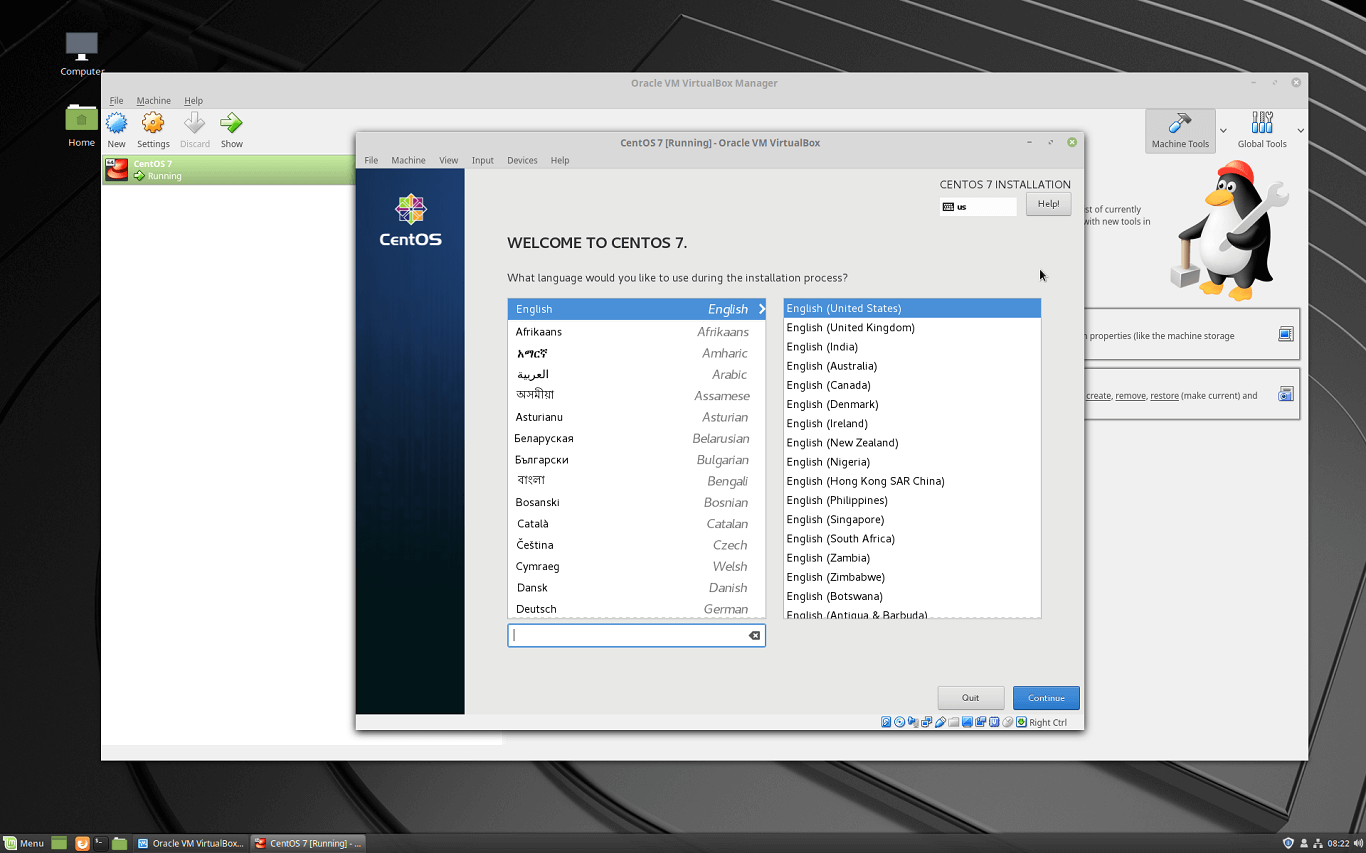

- #How to install arch linux on virtualbox how to
- #How to install arch linux on virtualbox update
- #How to install arch linux on virtualbox software
- #How to install arch linux on virtualbox iso
iso file at /usr/lib/virtualbox/additions/VBoxGuestAdditions.iso on Arch Linux. The VirtualBox guest addition disc provides installer packages via an ISO image for installing guest additions onto the installed virtual machines. Install VirtualBox Guest Additions Disc on Arch Linux If you use any other kernel, you can find the right kernel headers by searching the Arch Linux package. pacman -Syy linux-headersįor the Linux LTS kernel (linux-lts), install the below package. To compile VirtualBox modules, you will also need to install kernel headers.įor the Linux stable kernel (linux), install the below package. For any other kernel, including Linux LTS kernel (linux-lts), choose virtualbox-host-dkms.For the Linux stable kernel (linux), choose virtualbox-host-modules-arch.While installing, you will need to choose the right VirtualBox host module package based on the kernel your system currently boots into ( uname -r) as Arch Linux supports installing multiple Linux kernels. So, you can easily install VirtualBox using the pacman command. The VirtualBox package is available on the Arch Linux repository.
#How to install arch linux on virtualbox update
Update Arch Linuxīefore installing the VirtualBox package, update the Arch Linux packages with Pacman.
#How to install arch linux on virtualbox how to
Here, we will see how to install VirtualBox on Arch Linux. It supports the guest virtual machines running Windows, Linux, BSD, OS/2, Solaris, Haiku, and OSx86 operating systems.
#How to install arch linux on virtualbox software
Use the fdisk program to partition the disk, referred to as /dev/sda.VirtualBox is open-source virtualization software that helps us run multiple guest operating systems (virtual machines) on a single host machine. This program is called the shell.) Prepare diskīefore you can install anything on the virtual disk inside your virtual machine, you need to partition it and format the partition. (The name of the program awaiting input is not Linux itself, but rather a program Linux has started for you, precisely to accept your input and do your bidding. This tells you that you’ve been automatically logged in as the user "root" on the machine called "archiso" and that your current working directory is "~" (i.e., root’s home directory). To install Arch Linux follow the installation guide:įor Wi-Fi, authenticate to the wireless network using the iwctl utility.įor mobile broadband (WWAN) modems, connect with the mmcli utility.Įthernet, WLAN and WWAN interfaces using DHCP should work automatically.Īfter connecting to the internet, the installation guide can be accessed You’ll see a menu show up: hit Enter to select the default option, "Arch Linux install medium (x86_64, BIOS)".Ī bunch of opaque nonsense will fly by and eventually you’ll be presented with a prompt that looks something like this: The window should close now click "Ok" to get out of Settings.Ĭlick the big green arrow labeled "Start". You should now see the file you downloaded listed under "Not Attached" make sure it’s highlighted (if not, click it) and click "Choose". Navigate to and select the install media you just downloaded. Select "Choose/Create a Virtual Optical Disk…" In the window that pops up, click the "Add" button. In the right pane (labeled Attributes), on the line labeled "Optical Drive", click the button with the stylized DVD. Under the "Controller: IDE" heading, select the stylized DVD labeled "Empty". Select your virtual machine from the list. There are many ways of installing Linux, but this will get you a running system that you can play with.ĭownload the install media here.

NOTE: These instructions are not canonical. Pete > guides > linux > install in a virtual machine


 0 kommentar(er)
0 kommentar(er)
